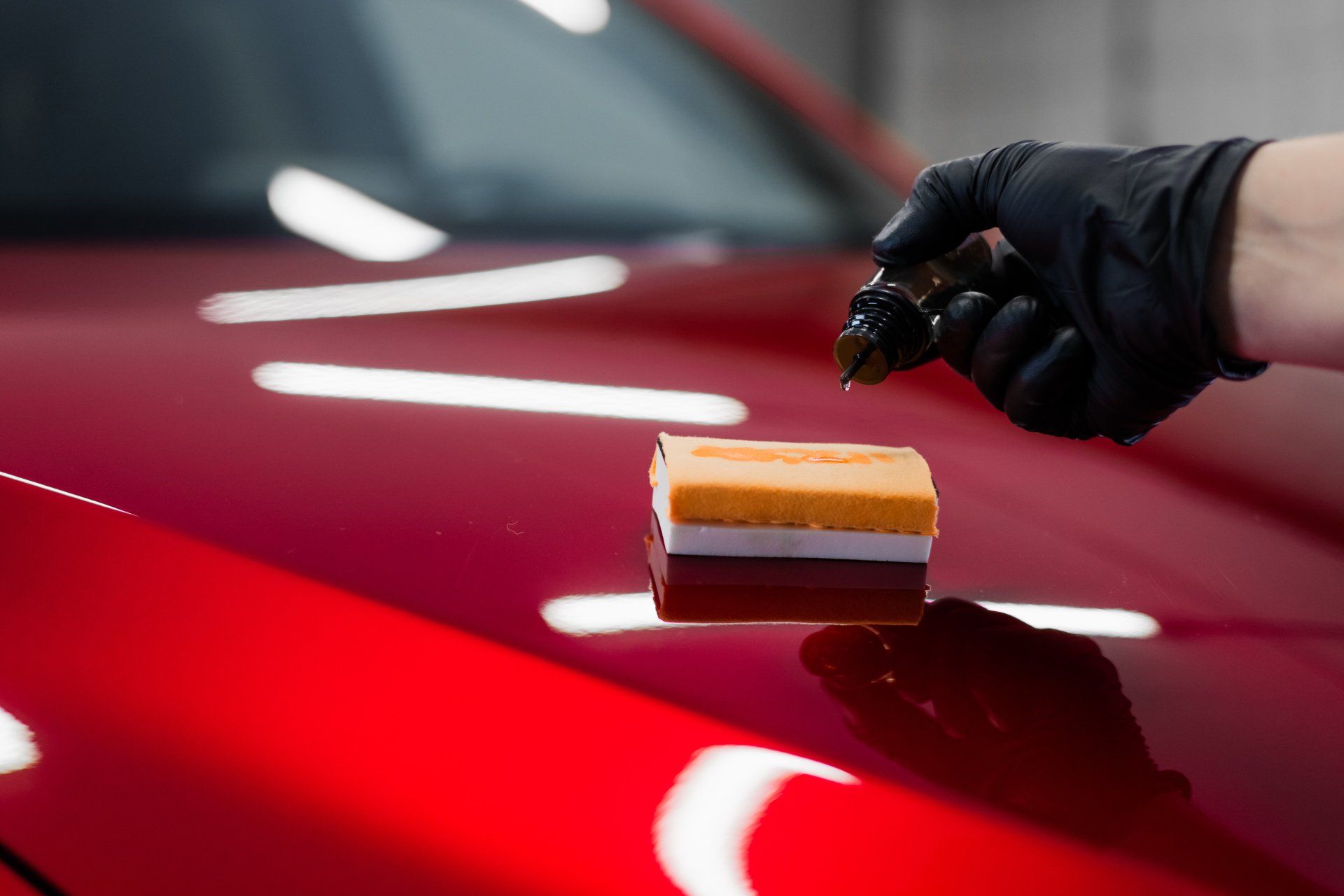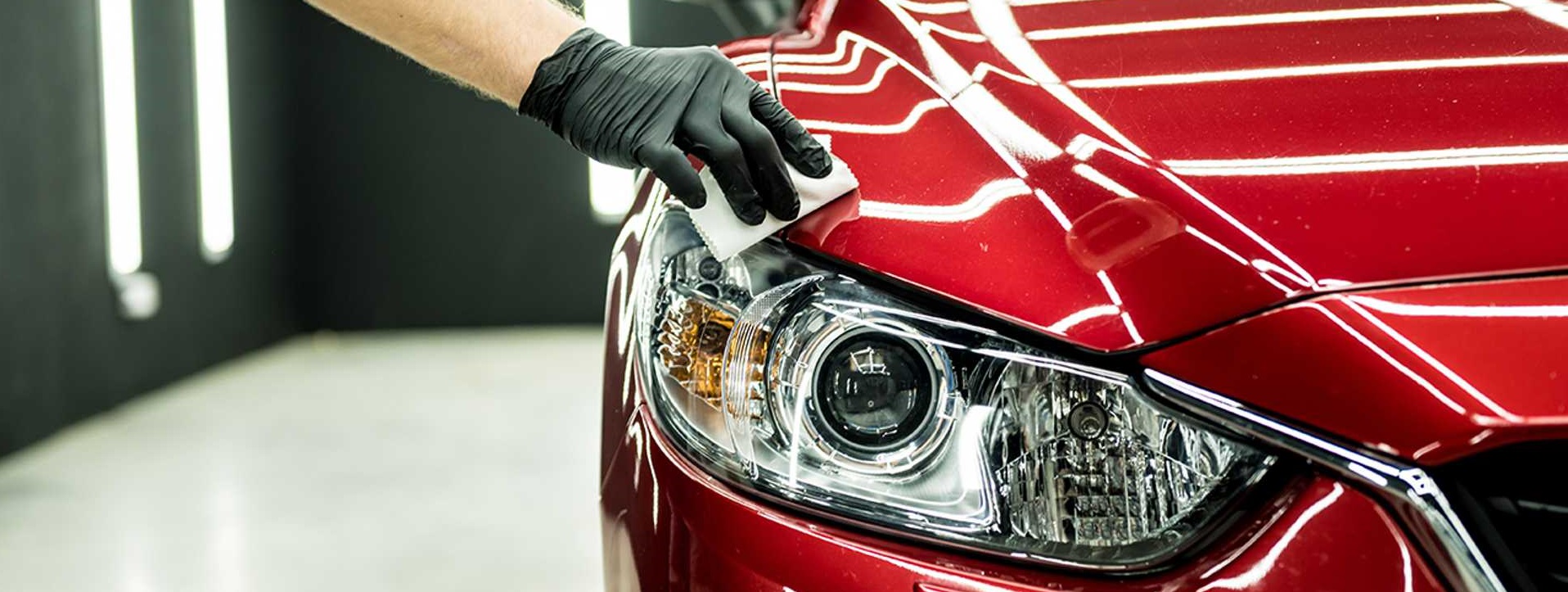Locating the Right Type of Ceramic Finishing Best for Your Car: A Comprehensive Overview
Selecting the suitable ceramic layer for your lorry is a nuanced process that calls for mindful consideration of numerous variables. As we check out these aspects, it becomes apparent that one option may not fit all cars, increasing the concern of exactly how to determine the perfect option for your one-of-a-kind situations.
Recognizing Ceramic Coatings
One may question what establishes ceramic layers apart from standard waxes and sealers in vehicle care. The primary distinction hinges on the structure and toughness of ceramic coverings, which are mainly made from silicon dioxide (SiO2) This innovative chemical structure creates a covalent bond with the automobile's paint, creating a resistant layer that offers remarkable defense versus ecological pollutants, UV rays, and small abrasions.
Unlike waxes, which commonly provide a short-term barrier and require frequent reapplication, ceramic finishings can last for several years with appropriate maintenance. Their hydrophobic homes enable water to grain and roll off the surface area, successfully reducing the accumulation of dirt and gunk, thus simplifying the cleansing process. Additionally, ceramic finishes boost the vehicle's gloss and deepness of color, adding to an extra aesthetically pleasing look.
Furthermore, ceramic layers are immune to chemical discolorations and engraving from acidic materials, which can be harmful to conventional wax surfaces. This degree of security makes certain that the vehicle's exterior continues to be in optimal condition for an extended duration, making ceramic layers a compelling option for automobile lovers and daily chauffeurs alike - Ceramic coating palm harbor. Recognizing these features is important for making informed decisions relating to automotive treatment
Sorts Of Ceramic Coatings
Different kinds of ceramic layers are available on the market, each made to accommodate various requirements and choices of car owners. The most usual kinds include consumer-grade, professional-grade, and specialized finishings.
Consumer-grade ceramic finishes are normally easier to apply and are suitable for do it yourself fanatics. They provide a basic level of defense and are usually extra budget friendly, making them a popular selection for everyday lorries.

Additionally, there are customized ceramic layers developed for particular applications. Some finishings focus on safeguarding wheels and brake calipers from warmth and particles, while others might be developed especially for glass surfaces to improve presence and ward off water.
Last but not least, there are hybrid coverings that integrate ceramic technology with standard wax or sealant buildings, offering an equilibrium between convenience of application and lasting defense. Each kind serves an one-of-a-kind purpose, consequently enabling lorry proprietors to choose the finish that finest suits their requirements.
Benefits of Ceramic Coating
Ceramic finishes stick out for their capacity to give a durable layer of defense for auto surface areas, substantially enhancing the long life and appearance of automobiles. Among the primary advantages of ceramic finishings is their remarkable resilience. Unlike conventional waxes and sealers, which subside in time, ceramic layers bond chemically with the car's paint, providing long-lasting security that can withstand various environmental conditions.
In addition, ceramic coverings offer premium resistance to scratches, UV rays, and chemical impurities, safeguarding the lorry's finish from unsafe substances such as bird droppings, tree sap, and road salt. This safety obstacle not only protects the car's visual allure however additionally simplifies maintenance. The hydrophobic residential or commercial properties of ceramic coverings repel crud, water, and dust, making routine cleaning more reliable and much less frequent.
Additionally, the shiny surface achieved with ceramic finishings boosts the car's appearance, giving it a newly found sparkle that turns heads. Owners often locate that purchasing ceramic finishes enhances their car's resale worth, as well-maintained paintwork is a significant factor in purchaser interest. Generally, the benefits of ceramic finishes expand past mere security, using a comprehensive remedy for auto fanatics and day-to-day chauffeurs alike.
Application Process and Tips
Efficiently using a ceramic layer calls for mindful prep work and focus to detail to ensure optimum outcomes. Begin by extensively cleaning and decontaminating the automobile's surface.
When the surface is clean, examine it for blemishes such as scratches or swirl marks - Ceramic coating palm harbor. Utilize a dual-action brush and appropriate polishing compounds to deal with these blemishes, as the ceramic finishing will certainly highlight any kind of surface area flaws. After polishing, wipe the surface area with isopropyl alcohol to eliminate any type of residue
When ready to use the ceramic layer, work in a controlled setting, preferably indoors, informative post to stay clear of dirt and direct sunshine. Use an applicator pad to use the covering in small areas, making sure also coverage. Enable the product to heal according to the producer's instructions before subjecting the lorry to dampness. Finally, for ideal results, consider applying numerous layers, allowing ample curing time between applications to take full advantage of toughness and shine.
Picking the Right Product
Choosing the suitable ceramic covering for your automobile can considerably impact the longevity and effectiveness of the defense it supplies. Ceramic coating palm harbor. When thinking about which product to choose, it is necessary to review several essential aspects, consisting of the structure, durability, and planned usage of the covering
First, research study the different kinds of ceramic coverings readily available. Products can differ in terms of SiO2 web content, which affects their solidity and hydrophobic buildings. Greater SiO2 degrees usually offer remarkable protection and durability, however may likewise come with a higher cost point.
Following, consider the application procedure. Some finishings are made for expert usage, calling for specialized skills and equipment, while others can be applied by the vehicle proprietor. Choose a product that straightens with your convenience degree and proficiency.
Additionally, evaluate the environmental conditions your lorry will certainly face. If you reside in an area with severe weather or frequent direct exposure to pollutants, decide for a covering specifically created to stand up to such difficulties.

Final Thought
Finally, picking the ideal ceramic coating for an automobile necessitates mindful consideration of different variables, consisting of the kind of covering, its SiO2 material, and the application procedure. Understanding the different classifications of ceramic coverings and their particular advantages is important for maximizing security and longevity. By aligning product option with details environmental conditions and individual know-how, lorry proprietors can attain optimal results, guaranteeing the car's finish continues to be secured against environmental damage and wear.
Picking the suitable ceramic layer for your automobile is a nuanced procedure that calls for careful consideration of different factors.Ceramic coatings stand out for their capacity to supply a durable layer of security for automotive surface areas, significantly boosting the durability and appearance of cars. Unlike conventional waxes and sealers, which put on off over time, ceramic finishings bond chemically with the automobile's paint, providing durable protection that can endure various ecological problems.
Additionally, ceramic layers supply exceptional resistance to scratches, UV rays, and chemical impurities, protecting the automobile's surface from this source from dangerous compounds such as bird droppings, tree sap, and roadway salt.In verdict, picking the suitable ceramic covering for next an automobile requires mindful consideration of various factors, including the type of covering, its SiO2 content, and the application procedure.
 Kel Mitchell Then & Now!
Kel Mitchell Then & Now! Tony Danza Then & Now!
Tony Danza Then & Now! Alexa Vega Then & Now!
Alexa Vega Then & Now! Destiny’s Child Then & Now!
Destiny’s Child Then & Now! Mason Reese Then & Now!
Mason Reese Then & Now!